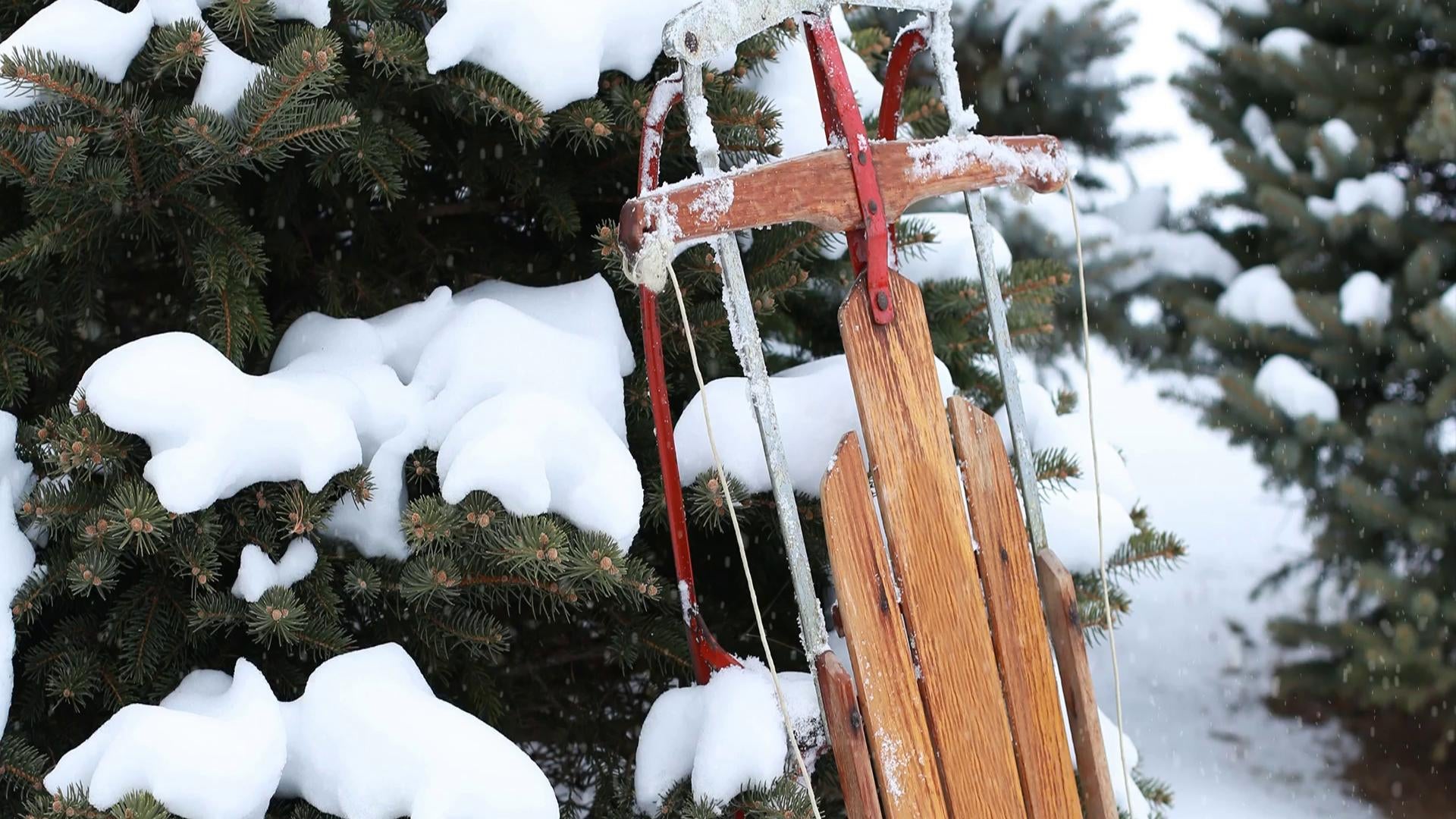Three-peat La Niña winters and their history in Indiana
INDIANAPOLIS (WISH) – Back in mid-October, the National Oceanic and Atmospheric Administration’s Climate Prediction Center stated that there was a good chance for a third straight La Niña winter in Indiana.
The official 2022-23 winter forecast called for above-average precipitation and an equal chance for above or below-normal temperatures in the Hoosier state.
A La Niña winter typically brings wetter than normal conditions to Indiana, but temperatures are a bit trickier to nail down. This will be the fifth time on record that Hoosiers deal with a third La Niña winter.
It is extremely rare for this atmospheric phenomenon to persist over three years. This article is going to break down the history of three-peat La Niña winters in Indiana and if there are any similarities to note.
The important thing to note right out of the gate is that meteorological winter runs from Dec. 1 through the end of February for data recording. Since 1910, there have only been four other instances of a La Niña carrying into a third straight winter: 1910-11, 1917-18, 1975-76, and 2000-01. Extensive data analysis yields that there is not much comparison across the board with these specific winters.
Here is what each of those four winters had in terms of average temperature, precipitation, and snowfall from December through February:




Let’s now view the overall stats of those four winters:
- 1910-11: average temperature, 32.1°; total precipitation, 5.99 inches; snow, 13 inches.
- 1917-18: average temperature, 23.1°; total precipitation, 6.48 inches; snow, 32.2 inches.
- 1975-76: average temperature, 31.8°; total precipitation, 8.90 inches; snow, 14.3 inches.
- 2000-01: average temperature, 27.4°; total precipitation, 5.45 inches; snow, 19.2 inches.
Here are the averages for December, January and February to compare to the above stats:

The one striking similarity that pops out is that December averaged out to be very cold and well below normal for the most part. Other than that similarity, there are lots of fluctuations with both precipitation and snowfall. In other words, there is no real consistency in general for December, January and February with rain and snow when it comes to a third straight year of La Niña winters.
As we dive into the second half of December, Indiana is set to get a big shot of arctic air. The long-term forecast is suggesting high temperatures potentially only getting into the teens by Christmas weekend. In summary, the fifth third year La Niña winter that we are in the beginnings of is about to showcase a flip toward some bitter December cold after a stretch of above-average days.

